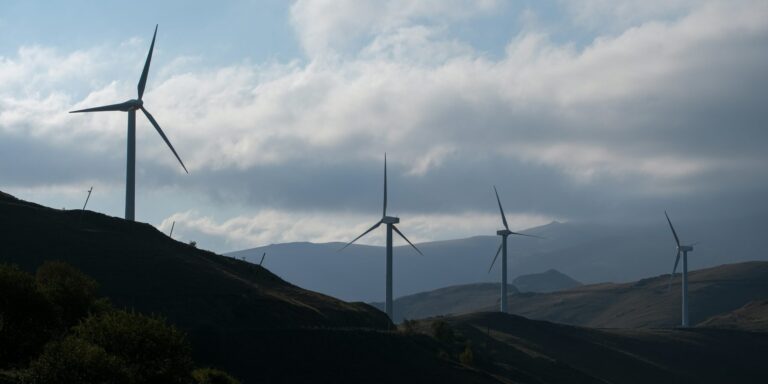California achieved a significant milestone in its renewable energy transition on July 9, 2025, when solar and wind power contributed over 60% of the state’s total electricity generation. This moment marked a new record for California and reinforced its standing as a national leader in clean energy initiatives.
The California Independent System Operator (CAISO), responsible for managing the state’s electric grid, confirmed that renewable sources dominated the power mix during key hours of the day. The record comes as the result of years of investment in renewable energy infrastructure and supportive state policies aimed at reducing greenhouse gas emissions.
The state’s aggressive expansion of solar and wind power played a central role in reaching this milestone. As of late 2023, California had more than 46,000 megawatts of installed solar capacity, which alone is enough to power nearly 14 million homes. Wind energy, too, has expanded significantly, with major sites like the Alta Wind Energy Center contributing large amounts of clean power to the grid. These efforts are a direct response to state mandates pushing for 100% clean electricity by 2045, a target established under Senate Bill 100.
Battery storage technology has also proven critical in managing the intermittent nature of renewable sources. By mid-2025, the state surpassed 13,000 megawatts in installed battery storage capacity—up dramatically from just a few hundred megawatts in 2020. These storage systems allow surplus energy generated during periods of high production, such as sunny afternoons, to be stored and deployed during the evening or other periods of high demand.
California’s achievement is underpinned by extensive planning and investment. The state has committed more than $6 billion to grid modernization projects that will support the development of over 38 gigawatts of new solar capacity and 4.7 gigawatts of offshore wind energy by 2035. These projects are designed not only to expand clean energy capacity but also to improve the flexibility and resilience of the state’s electricity grid.
Despite this progress, California continues to face challenges that come with high levels of renewable energy integration. One major issue is energy curtailment—when available renewable power exceeds grid capacity and must be reduced. In 2024 alone, CAISO curtailed more than 3.4 million megawatt-hours of renewable energy, a 29% increase from the previous year. This underscores the need for continued investment in transmission upgrades and energy storage to ensure that more clean power can be utilized rather than wasted.
Grid reliability remains another key concern. To mitigate risks during periods of peak demand, especially during extreme weather events, the state has established a Strategic Reliability Reserve that includes 4,000 megawatts of backup resources. These include not just traditional peaker plants but also cleaner, innovative solutions such as demand response programs and virtual power plants that can quickly deliver power or reduce load on the grid when needed.
July 9’s record-setting performance offers a glimpse into what California’s energy future could look like. With strong policy direction, technological advancement, and public support, the state continues to push the boundaries of what is possible with clean energy. As climate change accelerates and the need for sustainable solutions becomes ever more urgent, California’s example serves as a powerful model for other states and nations aiming to reduce their carbon footprint and embrace a renewable-powered future.



